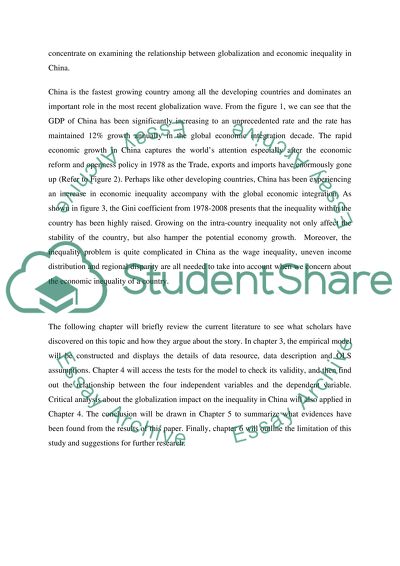Cite this document
(“The affect of globalization on China Literature review”, n.d.)
Retrieved from https://studentshare.org/macro-microeconomics/1418673-the-affect-of-globalization-on-china
Retrieved from https://studentshare.org/macro-microeconomics/1418673-the-affect-of-globalization-on-china
(The Affect of Globalization on China Literature Review)
https://studentshare.org/macro-microeconomics/1418673-the-affect-of-globalization-on-china.
https://studentshare.org/macro-microeconomics/1418673-the-affect-of-globalization-on-china.
“The Affect of Globalization on China Literature Review”, n.d. https://studentshare.org/macro-microeconomics/1418673-the-affect-of-globalization-on-china.


